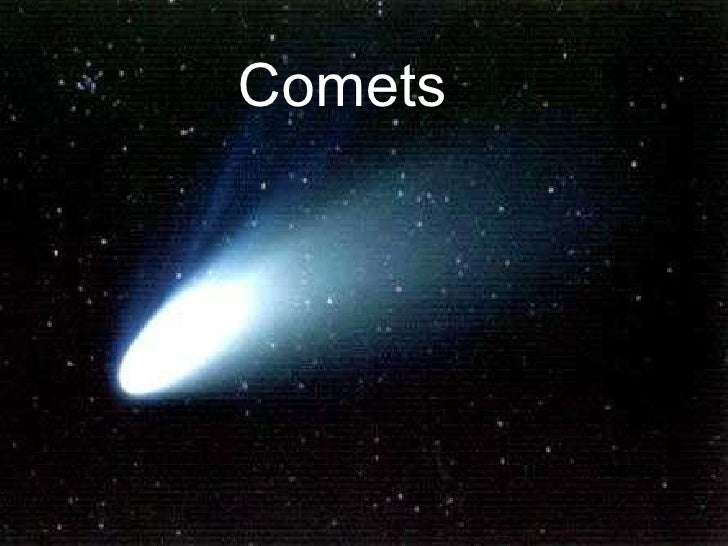

Stony Meteorites ChondritesContain chondrules (rounded bits of glassy rock ranging from microscopic to pea size.) They formed from droplets of molten rock that cooled and hardened rapidly when the solar system was young.Their presence indicates that the meteorites have not melted since they formed.Some chondrites only have a few volatiles indicating they were heated slightly, which caused them to lose their volatiles, but not heated enough to destroy the chondrules.Carbonaceous chondrites contain both chondrules and volatile compounds including carbon. They appear to have formed when a mixture of molten iron and rock cooled and solidified. This indicates that the meteorite cooled slowly.Stony-iron meteorites are a mixture of iron and stone. Iron Meteorites Dense and heavyDark rusted surfacesWhen sliced, polished, and etched with nitric acid, they reveal Widmanstatten patterns caused by crystals of nickel-iron alloys that have grown large. MeteoritesAbout 2 meteorites large enough to produce visible impacts strike the Earth every day.Statistically, one meteorite is expected to strike a building somewhere on Earth every 16 months.Typically impact onto the atmosphere with 10 30 km/s ( 30 times faster than a rifle bullet).Sizes from microscopic dust to a few centimeters.0Īnalysis of Meteorites3 broad categories: Iron meteorites Stony meteorites Stony-iron meteorites0 Therefore, they are small specks of matter that burn up in the atmosphere. Most meteors we see, whether or not there is a shower, come from comets. Meteor ShowersMost meteors appear in showers, peaking periodically at specific dates of the year.All of the meteors in a given shower have the same. The comet may still exist or have been destroyed.0 Meteoroids contributing to a meteor shower are debris particles, orbiting in the path of a comet.A meteor shower occurs when Earth passes through the orbital path of a comet. Meteoroid = fragment of a comet or asteroid in spaceMeteor = meteoroid colliding with Earth and producing a visible light trace in the skyMeteorite = meteor that survives the plunge through the atmosphere to strike the groundĬomets leave a trail of debris behind them as they orbit the sun.

Meteorites, Asteroids, and CometsChapter 19:0


 0 kommentar(er)
0 kommentar(er)
